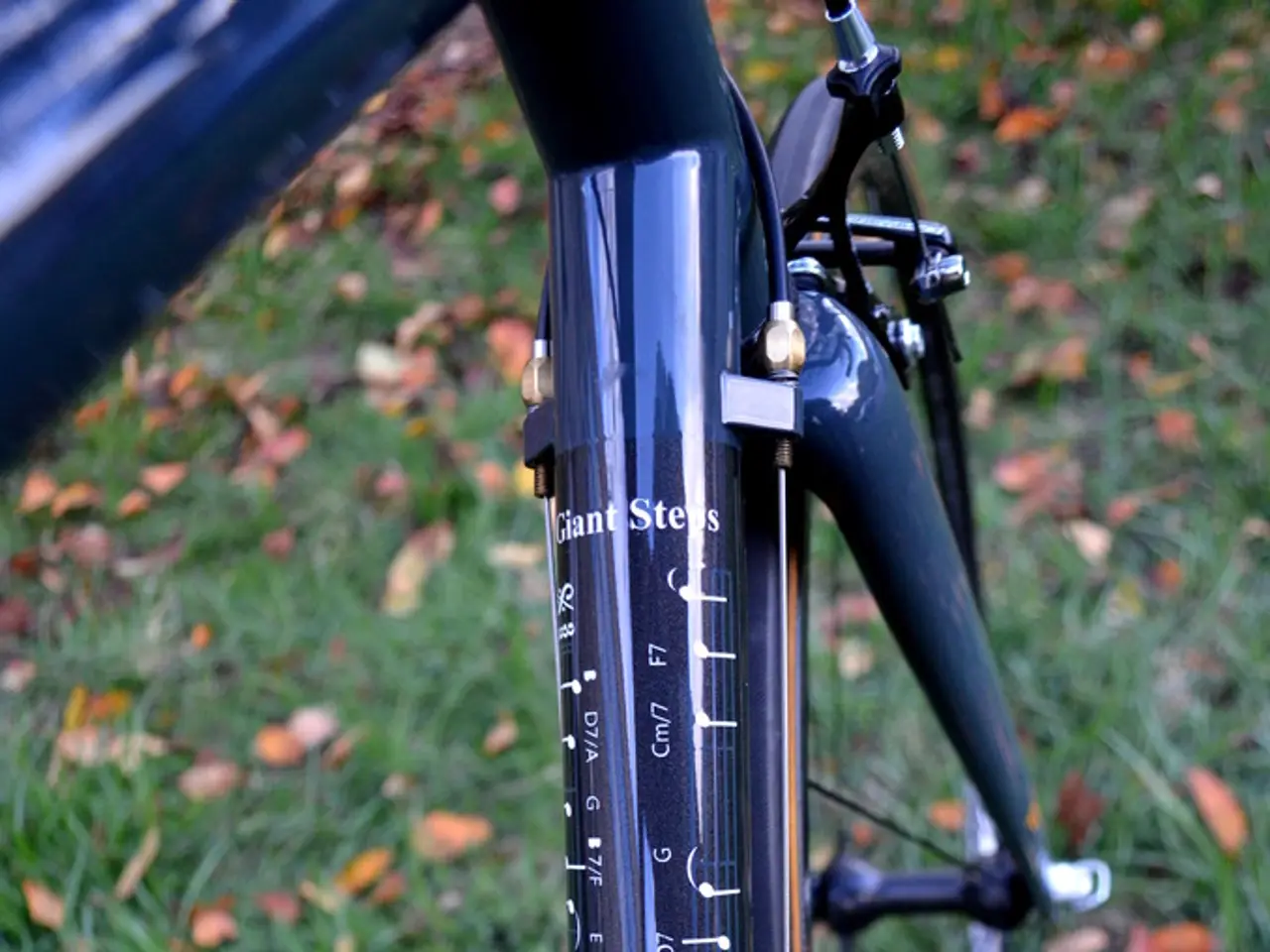Determining the Required BMX Crank Length (Is 160mm Suitable?)
In the world of BMX, the choice of crank size can significantly impact a rider's performance. The length of the crank arm can influence leverage, cadence, ground clearance, and rider control, making it a crucial decision for both freestyle and racing disciplines.
### Shorter BMX Cranks
Shorter BMX cranks, typically ranging from 140mm to 160mm, offer several advantages. Their shorter length allows for a faster pedaling cadence, which is beneficial in racing for quickly spinning the pedals without overextending the legs. Shorter cranks also improve ground clearance, reducing the chance of pedal strikes during tricks in freestyle riding or when cornering aggressively in racing.
However, shorter cranks provide less leverage on the pedals, which can make explosive power moves like sprints or jumps a bit harder. Riders may also feel less torque and may need to spin faster to maintain speed, which could be tiring over longer efforts.
### Longer BMX Cranks
Longer BMX cranks, such as the 175mm to 180mm lengths used by some riders, offer greater leverage, helping generate more force to accelerate quickly off the line or power through jumps and sprints. They are also better suited for riders with larger leg lengths, providing comfort and efficiency.
On the downside, longer cranks require a slower pedal cadence and more leg extension, which might be less efficient for rapid pedaling. Longer cranks also increase the risk of the pedals hitting the ground or obstacles during tricks or tight turns, which is a disadvantage in freestyle BMX. Additionally, longer cranks can be heavier and slower to spin around, which may hinder quick maneuvering in freestyle and technical race courses.
### The Right Choice
When it comes to choosing between shorter and longer BMX cranks, the key is finding the right balance. For freestyle BMX, shorter cranks (typically around 140mm or less) are often preferred for better trick clearance and control. In contrast, for BMX racing, especially sprint or larger riders, longer cranks (around 165mm) may be chosen for added power and torque.
It's essential to consider each rider's specific BMX discipline needs, leg length, and riding style when making a decision. For instance, BMX freestyle is getting more technical, leading many riders to transition to shorter crank arms, while longer cranks may be beneficial for trail and distance riding in BMX racing formats.
BMX spindles come in three standard sizes: 19mm, 22mm, and 24mm. Larger spindle sizes (24mm) in BMX cranks are stronger, providing additional support for longer cranks.
One notable brand offering various BMX crank sizes is Sunday, with their Saker cranks coming in multiple lengths and including a BB.
In conclusion, the choice between shorter and longer BMX cranks is an important one that can significantly impact a rider's performance. By understanding the advantages and disadvantages of each, riders can make informed decisions to optimise their BMX experience.
[1] Layos, S. (Rider). Personal communication, 2021. [3] Walsh, C. (Rider). Personal communication, 2021.
Gadgets like data trackers can provide valuable insights into a rider's performance, collecting information such as speed, cadence, and pedaling efficiency, which can be useful in making informed decisions about crank size.
Technology continues to play a significant role in BMX, with innovations like lighter materials, improved spindle designs, and adjustable crank arm lengths enhancing rider performance and overall riding experience.
Sports like BMX are becoming increasingly technological, with riders relying on gadgets and data to gain an edge in competition, merging the worlds of technology and sports.




